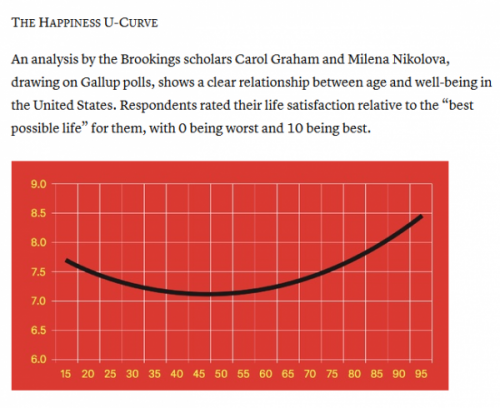Hearing the phrase “mid career or midlife crisis” evokes the cliché of a successful executive (usually a man), between 40 and 55, who wakes up one day and decides he’s been chasing all the wrong things: his career, family, wife, car and possessions. Nothing provides him with the satisfaction he craves. He demands more.
Suddenly, he divorces, changes career or organization, dresses differently, gets a young girlfriend and buys a red sports car. Years later, he finds himself with the same unfulfilled yearnings, having metaphorically changed seats on the Titanic.
While this scenario has become today’s hackneyed midlife-crisis narrative, the concept of middle age as a distinct life stage dates back to the 19th century, according to Patricia Cohen, author of In Our Prime: The Invention of Middle Age (Scribner, 2012). The term “midlife crisis” was first coined in 1965 by psychologist Elliott Jaques. In 1974, journalist Gail Sheehy famously depicted the midlife crisis as a life stage in her bestselling book Passages: Predictable Crises of Adult Life.
Roughly a quarter of Americans report experiencing a midlife crisis, according to research published in 2000 by Cornell University sociologist Elaine Wethington. Many who disclaim the notion regard midlife crises as a lame excuse for behaving immaturely.
The term crisis also contributes to stigmatization, as it suggests a shock, disruption or loss of control. But the actual data on midlife experience and the relationship between work and happiness points to something different: an extended and unpleasant—but manageable—downturn.
The Happiness U-Curve
The average employee’s job satisfaction deteriorates dramatically in midlife, according to a British survey conducted by Professor Andrew Oswald of The University of Warwick.
Mid career crises are, in fact, a widespread regularity, rather than a few individuals’ misfortune.
But here’s the good news: In the second half of people’s working lives, job satisfaction increases again. In many cases, it reaches higher levels than experienced early in one’s career, essentially forming a U-shaped curve depicted in the following graph:
 (Source: “The Real Roots of Midlife Crisis,”The Atlantic, December 2014)
(Source: “The Real Roots of Midlife Crisis,”The Atlantic, December 2014)
What about you? Where are you situated on this graph? I’d love to hear from you. I can be reached here or on LinkedIn.

Did You Enjoy This Article?
Join thousands of other smart business owners like yourself & get our Proffittable Times newsletter.
It's filled with actionable content you can apply immediately.
Sign up now to get started!
– Coach Nancy










